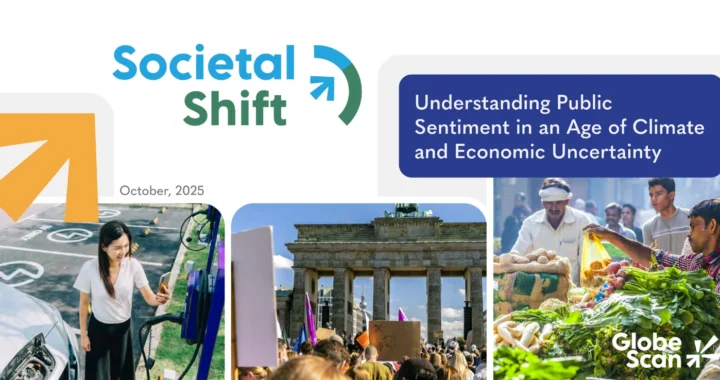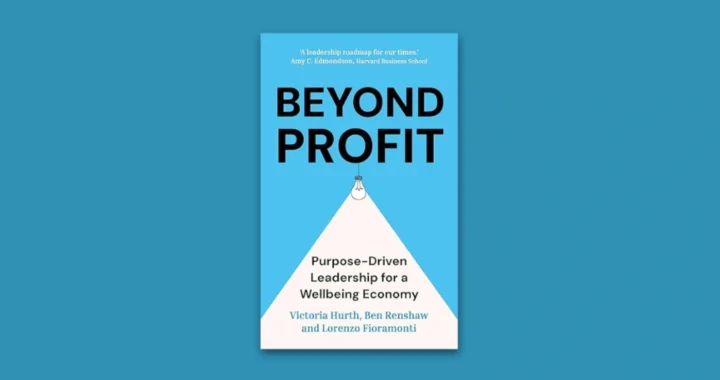Looking into the Compressed Workweek System

Photo: charlesdeluvio on Unsplash.
The COVID-19 pandemic has forced the world to renegotiate the job landscape. Remote and flexible work systems became increasingly common across the globe, prompting new regulations and systems to streamline the process. One of them is the compressed workweek, meaning implementing fewer work days in a week. What is it, and how is it being implemented globally?
The Compressed Workweek System
The International Labour Organization (ILO) defines compressed workweeks as “working hours being scheduled over fewer than normal working days and resulting in longer working days, but fewer days being worked each week.” In other words, the system shortens the usual five-day working week into four, for instance, but maintains the same weekly hours.
Many countries have introduced the four-day workweek system. In the UK, for instance, a trial period was commenced in June 2022 to implement reduced working days without decreasing payments. The trial’s result indicated that the system benefits both employers and employees. Similarly, several European countries, such as Belgium, Germany, and Spain, have also started pilot projects for compressed workweeks.
Opportunities and Challenges
One of the most visible benefits of compressed workweeks for workers is the extra day off. According to the BBC, workers who condense their working days into four make them more productive at work and support work-life balance.
“The overall benefit was spending more time with my children whilst maintaining my full-time job,” said Laura Etchells, who works four days of 10-hour shifts per week, to BBC. Many of these workers also stated that this flexibility is a key factor if they were to search for new jobs.
However, most of the four work days systems being tested only reduce the number of days, not the total hours per week. For some, working an extra two hours a day can be challenging for workers’ productivity.
Moreover, this system is currently centered around high-paying and formal jobs. David Spencer, a professor at the University of Leeds, pointed out that “workers in low-paid and insecure jobs, including in the gig economy, face almost zero prospect of reducing their work hours for the same pay.” This can exacerbate the inequality gap among workers.
The Future of Work
The world continues changing, and we must find ways to adapt to support our welfare and wellbeing. While the compressed workweek can be a viable option to foster a healthier work environment, governments and employers must also collaborate to expand the system’s reach to include all workers. Furthermore, proper regulations for the compressed workweek system must be established to avoid exploitation and ensure workers’ rights remain protected.

Join Green Network Asia Membership
Amidst today’s increasingly complex global challenges, equipping yourself, team, and communities with interdisciplinary and cross-sectoral insights on sustainability-related issues and sustainable development is no longer optional — it is a strategic necessity to stay ahead and stay relevant.
Join Now
Kresentia Madina
Madina is the Assistant Manager for Digital Publications at Green Network Asia. She graduated from Universitas Indonesia with a bachelor's degree in English Literature. She has three years of professional experience working on GNA international digital publications, programs, and partnerships particularly on social and cultural issues.


 Understanding the Impacts of Rising Temperatures on Early Childhood Development
Understanding the Impacts of Rising Temperatures on Early Childhood Development  Closing the Sacrifice Gap: Mainstreaming Climate Behavior for Meaningful Change
Closing the Sacrifice Gap: Mainstreaming Climate Behavior for Meaningful Change  Addressing the Elephant in the Forest: The Necessity of Disaster Recovery Plans for Wildlife
Addressing the Elephant in the Forest: The Necessity of Disaster Recovery Plans for Wildlife  Weaving the Thread Between the Last Elephant and the Floods in Sumatra
Weaving the Thread Between the Last Elephant and the Floods in Sumatra  Bringing Buried Rivers Back to Life Through Daylighting
Bringing Buried Rivers Back to Life Through Daylighting  Prescribing Beyond Profit for CEOs’ Anxiety
Prescribing Beyond Profit for CEOs’ Anxiety